It isn’t all good news though—motorcycles are unfortunately far from the safest mode of transport. If you are going to ride a bike, it is vital that you have travel insurance covering motorcycling in Southeast Asia..
Making sure you are covered boils down to two things. Firstly, you need to be properly licensed. Secondly, you need to be careful: wear a helmet, stay sober and obey local road laws. Without both of these things going on, your travel insurance most likely will not cover you. And can you blame the insurers?
Insurance requirements for motorcycling in Asia
Specific motorcycle riding coverage varies depending on a variety of factors, including the country you are riding in and the country you are from. You’ll need to read the policy relevant to you to get the exact details, but broadly speaking, travel insurers will insist on one (or a combination) of the following:
1) You must have a license to ride that is viewed as valid in the country you’re riding in;
2) You must have a license to ride that is valid in your home country;
3) You must have a license to ride that is valid for the type of bike you are riding.
Ask yourself: “Am I licensed to ride a scooter?”
Read the small print thoroughly and see which of the above applies to you. World Nomads has a very handy page titled “Am I covered by travel insurance if I’m riding a motorbike or scooter?” You can change the country to read the different policy qualifications. This is one of the easiest ways to see if a World Nomads policy is right for you.
Licensing requirements
Most travel insurers will require that at a minimum you are licensed for the vehicle you are driving or riding. Just as a car license doesn’t cover you for driving a truck, it doesn’t cover you for riding a motorbike either. You don’t have a motorbike license? Then chances are you don’t have insurance cover for when you are riding a motorbike in Thailand (or at home for that matter!). So before you read any further, remember: If you have no license, you don’t have any insurance either.
The most straightforward approach to ensuring you are covered is to take two steps. First, get a motorbike license in your home country. Then, once you are licensed, get an International Driving Permit (IDP) endorsed for motorbike riding. With the exception of Vietnam (more on there below) having done these two things will have you riding legally in Southeast Asia.
A second approach is to get a license in the country you are travelling in. However, this approach isn’t all that convenient to do for short-term visitors. It varies, but you’ll probably need to sit a written test (in the local language) and supply supporting documentation with your local address. Essentially this will be a similar process to your home country, but it will all be in a language you most likely do not speak, for road rules you may not be familiar with, and it will eat into your precious holiday time. Get the license at home.
Would you drive a car in your home country unlicensed? No? So don’t consider riding a motorbike in Cambodia, or anywhere else, unlicensed either.
As Phil Sylvester at World Nomads says:
“Getting a license isn’t just about avoiding a fine. From an insurance perspective it tells us you have been properly trained to use a motorcycle, that you understand how to make them go, and stop, and that you’ve been made aware of how to ride to avoid injury. For undergoing that training and passing to a satisfactory level, authorities will 'license' you to ride. You do not magically acquire this knowledge and training because you have flown to Southeast Asia on a plane.”
Riding a motorbike in Vietnam
Vietnam is a complicated case. Despite it being enormously popular for motorbike touring, Vietnam does not recognise foreign licenses. The British Foreign Office now says that UK IDPs are not accepted in Vietnam, and the Australian government says Australian-issued IDPs are not recognised in Vietnam. Vietnam requires you to get a Vietnamese license and a Vietnamese driving licence can only be issued to a foreign national in possession of a Vietnamese visa valid for 3 months or more. Ride at your own risk.
The Australian embassy in Hanoi says: “Vietnamese driving licenses are mandatory for all drivers of motor vehicles as well as for riders of motorcycles with a capacity of over 50cc. Non-Vietnamese citizens are only permitted to drive in Vietnam if they hold a temporary Vietnamese driver’s license.” However, getting hold of a temporary license is not possible for short-term tourists as you need a visa that is for a stay of longer than three months in the country in order to apply for a local license. Our head hurts too.
Says one motorcycle rental website in Vietnam: “Many travellers will not have a drivers license and are therefore driving illegally. This is fine within Vietnam as the police are a waste of time, they will not take a motorbike off a foreigner and without providing specifics; the process is usually quick and easy to deal with. Driving illegally invalidates any insurance a traveler may have from back home. Drive at your own risk!”
Essentially, this means hundreds of travellers are riding around Vietnam illegally and uninsured (we admit we have been them at times, too).
If you’re a short-term tourist AND want to ride a scooter in Vietnam AND be covered by travel insurance, generally the only way out is to ride a bike with a capacity of under 50cc. So you’ll need to skip that Minsk (probably should skip it anyway).
General motorbike safety
Keeping the following in mind will help to keep you alive in the event of an accident. Not doing the following may invalidate your insurance, even if you do have a license.
Always, always, always wear a helmet.
Helmets are useful for keeping your skull and its contents intact. A full-face helmet (one that covers your chin area) will help to protect your face far better than an open-faced helmet in the event you come off the bike and use your face to slow down. If you have an accident and the insurer finds out you were not wearing a helmet (often this is obvious from the injuries), expect your coverage to be voided.
Always wear footwear
Heavy trekking boots are ideal, then runners, then sandals, then, last of all, flip-flops. Never ever ride a bike barefoot. If you put a bare foot on the road while travelling at any speed, your foot may well be “de-gloved”—if there was ever a suitably descriptive term, de-gloving is it. It is an insanely painful and debilitating thing to have happen. Shoes will help protect you against it.
Dress sensibly
If you come off the bike, and all you’re wearing is your swimmers or a pair of shorts, you can expect, in the least, to lose oodles of skin. Wear clothes. Jeans and a jacket are ideal, in the least cargo pants and a shirt.
Be sober and straight
Being drunk or high will impair your driving skills, putting not just you at risk but also everyone else you’re sharing the road with. It will also invalidate your insurance.

.jpg)

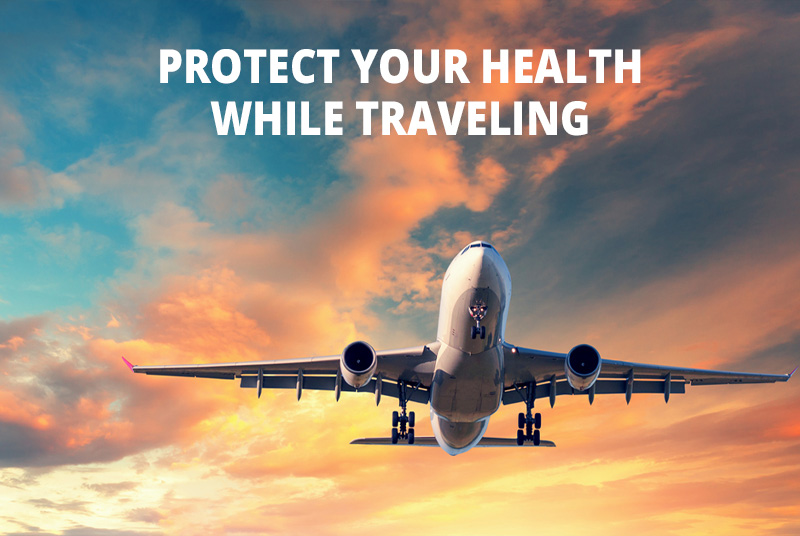
.png)
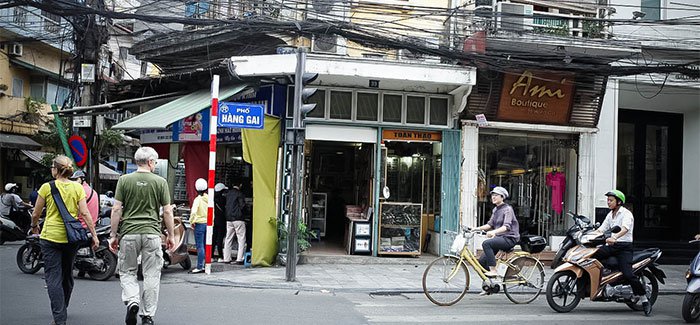
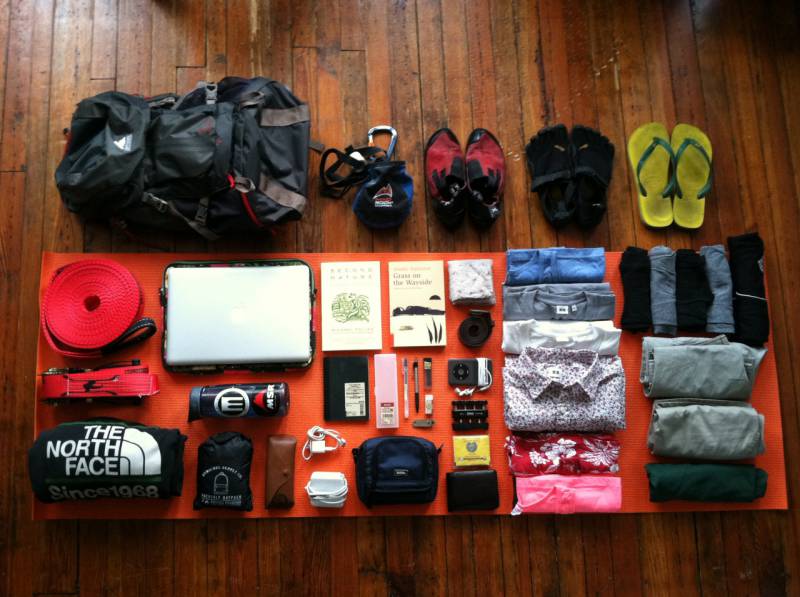



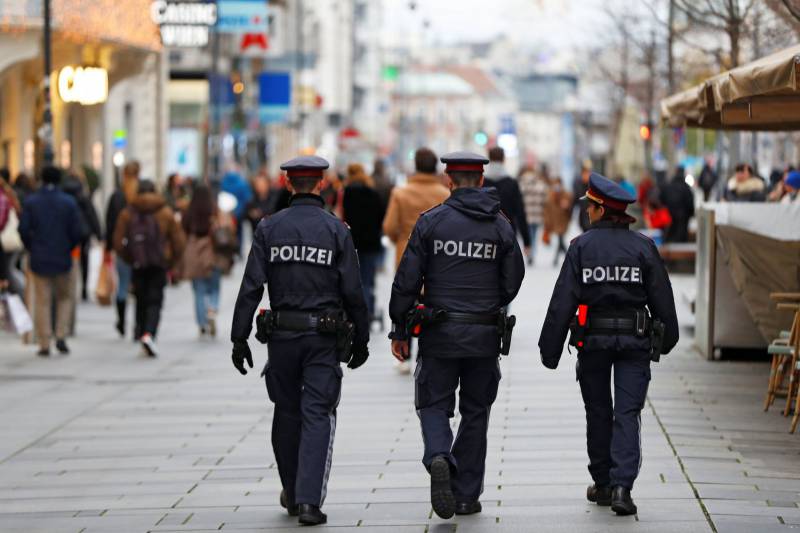
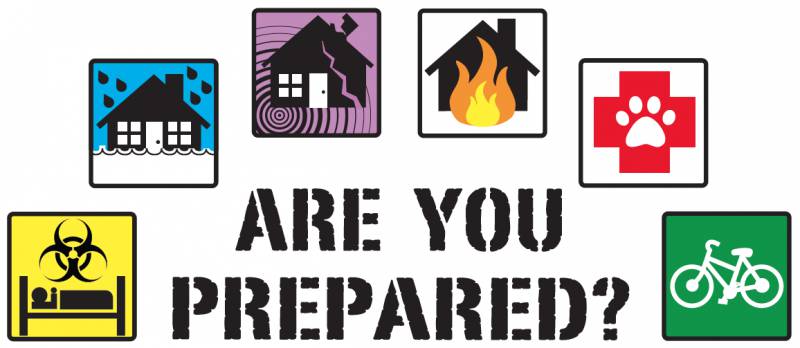


.jpg)
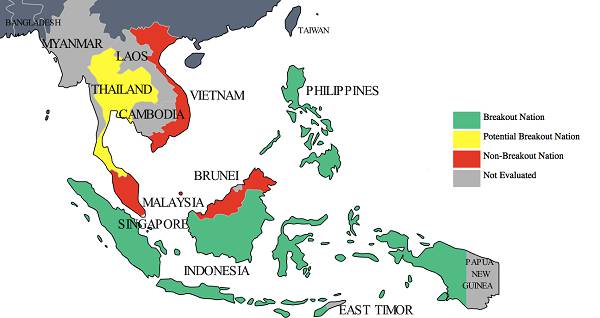


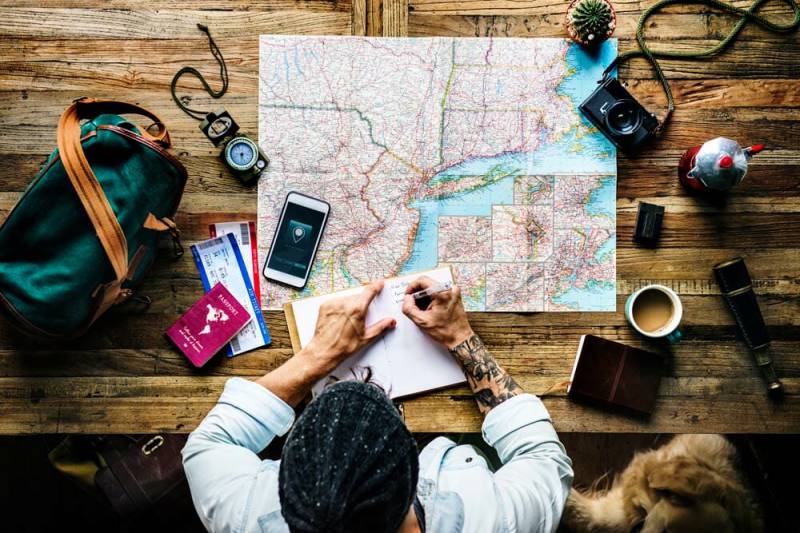
.jpg)






